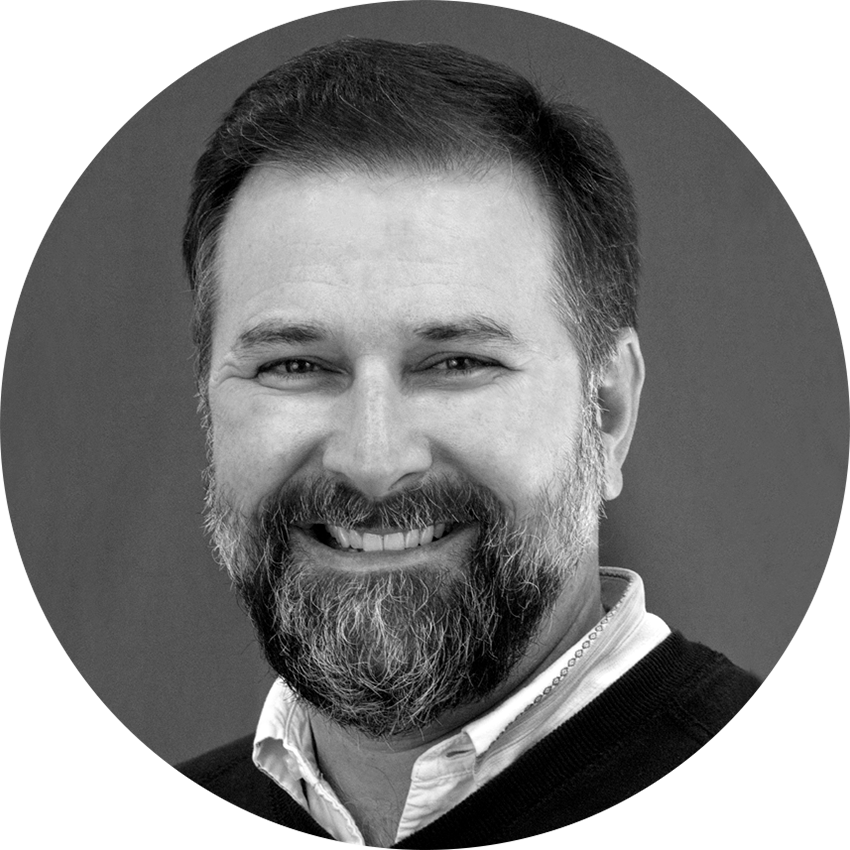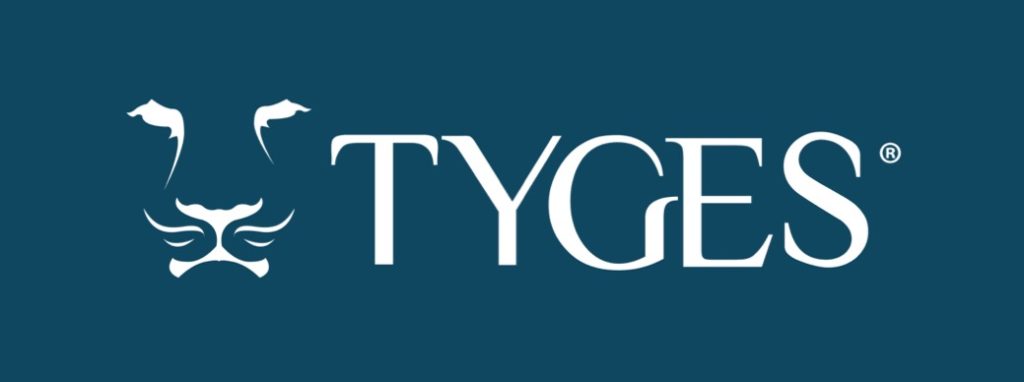Albert Einstein said, “We can’t solve problems by using the same kind of thinking we used when we created them.”
It’s really an interesting observation if you think about it. Kind of like the whole definition of insanity right there. Everyone and every organization has problems of some sort or another. Most of them don’t require much thought to fix but some of these problems encompass multiple groups or make such a big impact that they must be solved if the organization is going to move forward. Most people don’t realize that there are methodologies for problem-solving that teams can use to identify the root cause(s) of a problem and make changes so that the issue never happens again.
Here at TYGES we previously spent a day being trained in the A3 problem-solving methodology. I have some background in manufacturing, so I had been exposed to various types of structured problem-solving approaches in the past but the A3 process seems to be a cohesive approach that allows a team to use the various analysis tools to find the root cause(s) of an issue and put together a plan to make changes so that issue never occurs again.
The A3 process is simple. It follows a 7-step process…
- Define the problem (start with a concise problem definition)
- Develop possible causes (sort out a range of possible causes)
- Select root cause(s) (sort out the one true cause)
- Develop solutions (sort out a range of possible fixes)
- Implement solution (implement the most likely fix)
- Verify effectiveness (return to step 2 if the solution is not effective)
- Follow up/standardize (make the solution our accepted practice)
The benefits of a structured approach like this are many. It gives us a framework to work as a team on problems that are bigger in scope than any one person can handle alone, helps us to discover the true root cause(s) that are systemic, drives us to a standardized countermeasure that can be evaluated for its effectiveness and shortens the debate time so that we reach consensus quickly.
If you think there is interest in learning more about how A3 problem solving can improve processes as a result, I would encourage you to explore this website which provides a nice overview of the A3 process.

Written by: Steve Sanders, VP/GM of Industrial
Steve Sanders leads the Industrial Recruitment team at TYGES and has been with the organization since 2003. Prior to joining TYGES, Steve worked in engineering and supply chain roles with Honeywell International Inc. and Deere & Co. He has first-hand experience working in the automotive, chemical, and off-highway equipment manufacturing industries.
Steve’s philosophy is simple. He demands honesty, integrity, and open communications from both himself, his clients, and the candidates that he works with. He strives to be a source of competitive advantage to his clients and seeks to build strategic partnerships. He is committed to exceeding customers’ expectations by providing quick, professional service. He believes in sharing both the good and the not so good. He believes in doing the right thing, even when it is not the easiest path. Steve is energized by finding that perfect fit individual and introducing them to the client.



